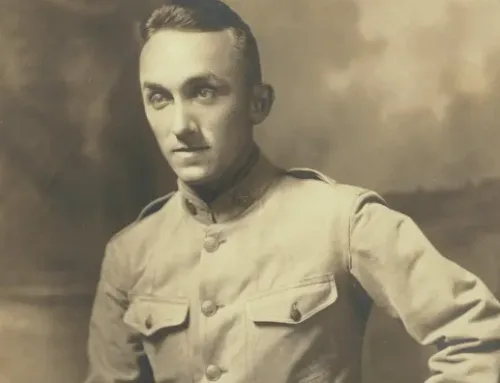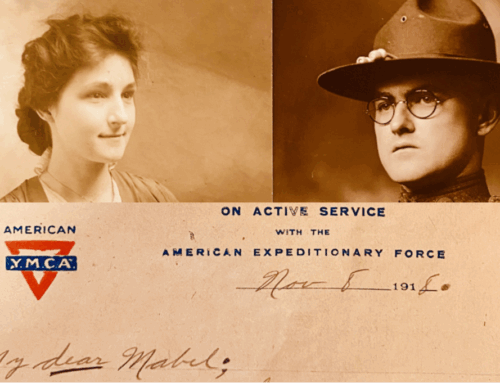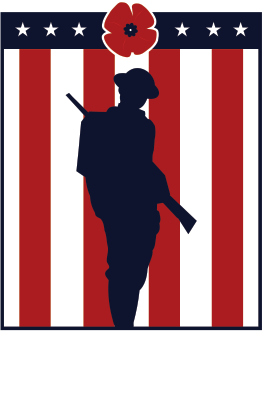Pilates started in a WWI internment camp
Published: 12 October 2025
By Sara Kiley Watson
via the Yahoo! website
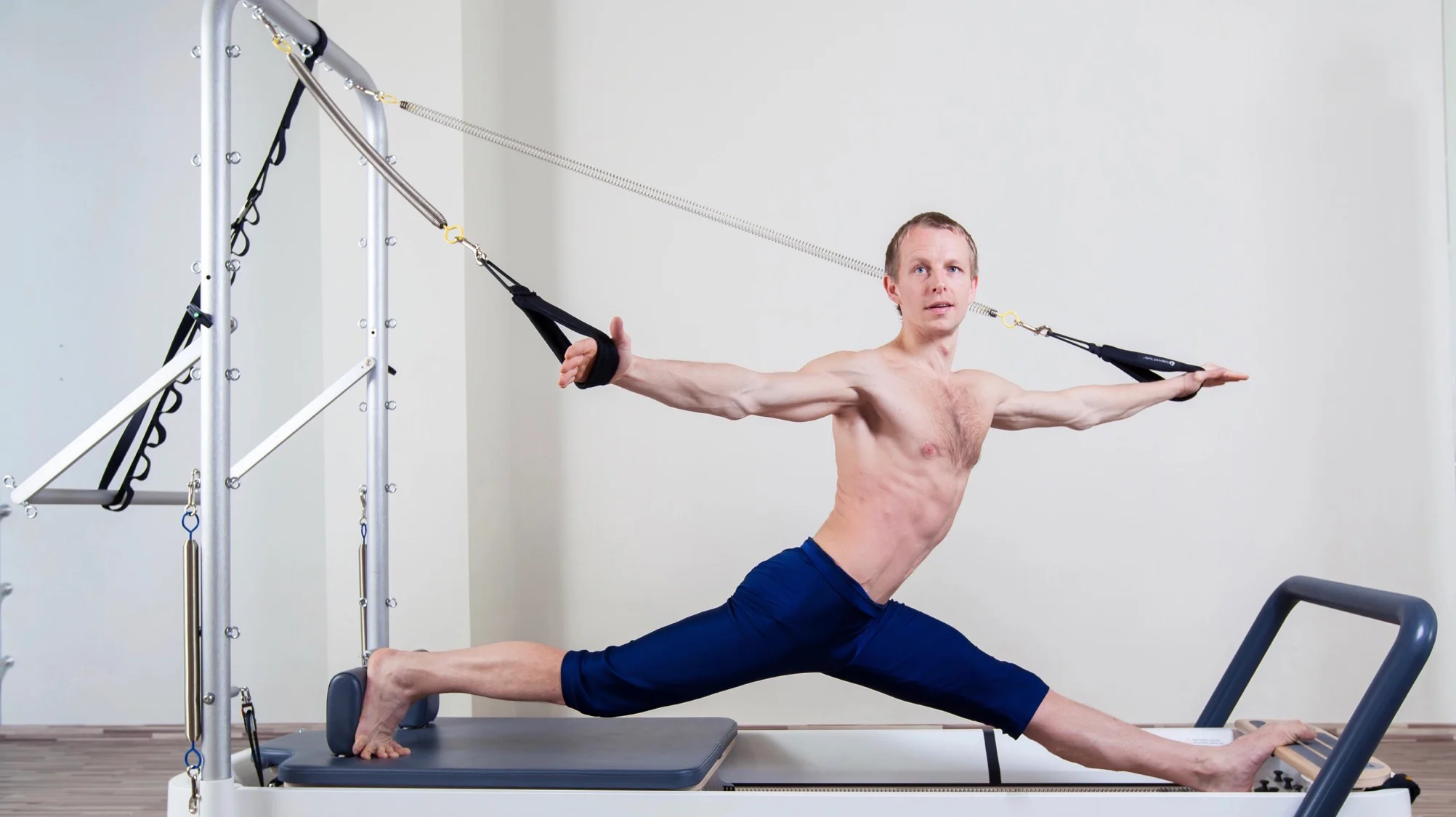
Pilates
Pilates is one of the fastest growing exercises in America, but it all started in an unlikely place.
Pilates is having a moment. According to a recent report from the Sports and Fitness Industry Association, Pilates participation has shot up from 9.2 million participants to 12.9 million since 2019, a jump of nearly 40% and the largest of any workout type across the United States. Research from Balanced Body found that in a survey of 800 instructors, 67% are consistently selling out classes.
For many, the term Pilates conjures up an image of leggings-clad women and pricey studios filled with intimidating-looking equipment. While that’s true in some ways (a single studio mat class may cost you upwards of $20, especially in big cities), Pilates is a form of exercise with a fascinating history. It can be geared to anyone, from athletes to patients with chronic illness, and you certainly don’t have to invest a lot of money into a studio membership to see the benefits.
“Many people commonly think of Pilates as a trendy fitness class or something limited to stretching and toning,” says Joe Hribick, a clinical assistant professor of physical therapy at Lebanon Valley College. “However, in reality, it is a science-based system of movement training that can be tailored for nearly every body type and ability level.”
Pilates’s wartime origins
The story of Pilates is rife with drama and mystery, and begins with Joseph Pilates. Born in Germany in 1880s, Pilates studied yoga and martial arts in order to help strengthen his own body, says June Kloubec, associate teaching professor of kinesiology at Seattle University. But the exercise really got its start when he was stuck on the Isle of Man during World War I.
The largest of these German internment camps was Knockaloe. Located on the small, blustery Isle of Man, nestled in the Irish Sea between England and Ireland, it housed 23,000 men at its peak. According to the UK-based research collaboration Our Migration Story, a combination of deportation and forced internment brought the German population in the UK down from 53,324 to 22,254 between 1911 and 1919.
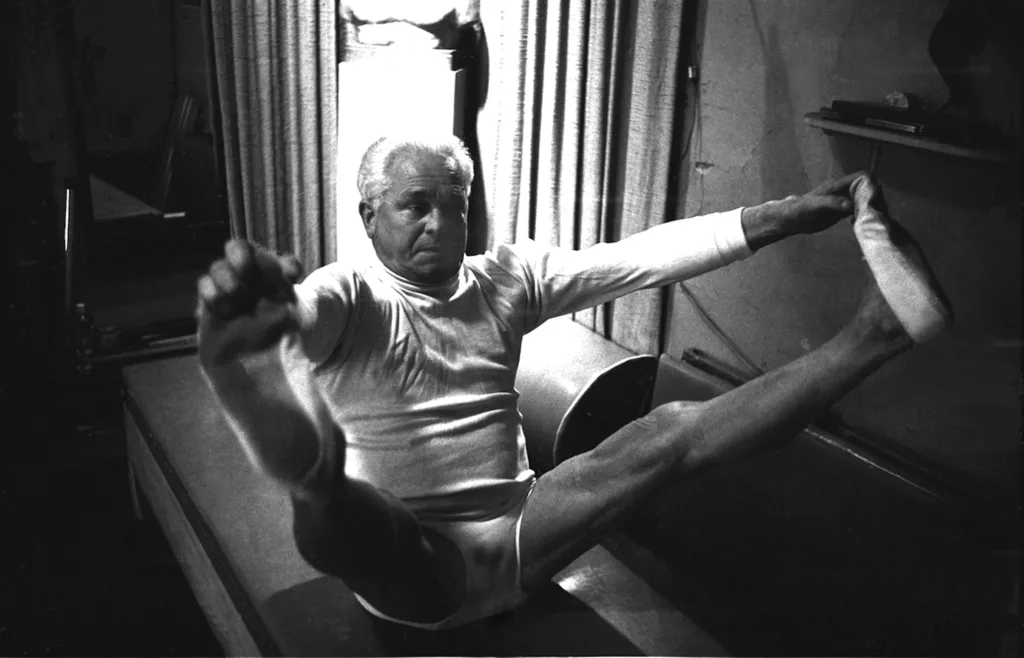
Joesph Pilates, founder of the Pilates exercise method, demonstrates his techniques in his New York City eighth avenue studio on October 4, 1961. (Image: I C Rapoport / Contributor / Getty Images I C Rapoport(
Pilates watched his fellow inmates get increasingly depressed, sickly, and apathetic, he told Sports Illustrated’s Robert Wernick in a 1962 interview. He was determined to change things.
Pilates watched the flexible, stretchy movements of the cats living on the Isle of Man, and started thinking how he could develop an exercise approach inspired by their athletic bodies, he told Wernick. So he spent his time studying and observing animals, eventually practicing a unique form of exercise that used body weight as resistance.
The story goes that he took his knowledge to the internment camp hospital, where some Pilates practitioners say he began developing new workout equipment using hospital beds and springs: the precursor to the reformer. But that is yet to be confirmed by historical evidence—the Knockaloe Charitable Trust notes that there’s no proof of his hospital involvement.
The first Pilates gym in New York City
After the war, Pilates briefly returned to Germany. But in the mid-1920s, he high-tailed it to New York City. With his partner Clara, he founded the first Pilates studio dubbed the Joseph H. Pilates Universal Gymnasium, which remained open for decades.
→ Read the entire article on the Yahoo! website.
External Web Site Notice: This page contains information directly presented from an external source. The terms and conditions of this page may not be the same as those of this website. Click here to read the full disclaimer notice for external web sites. Thank you.

